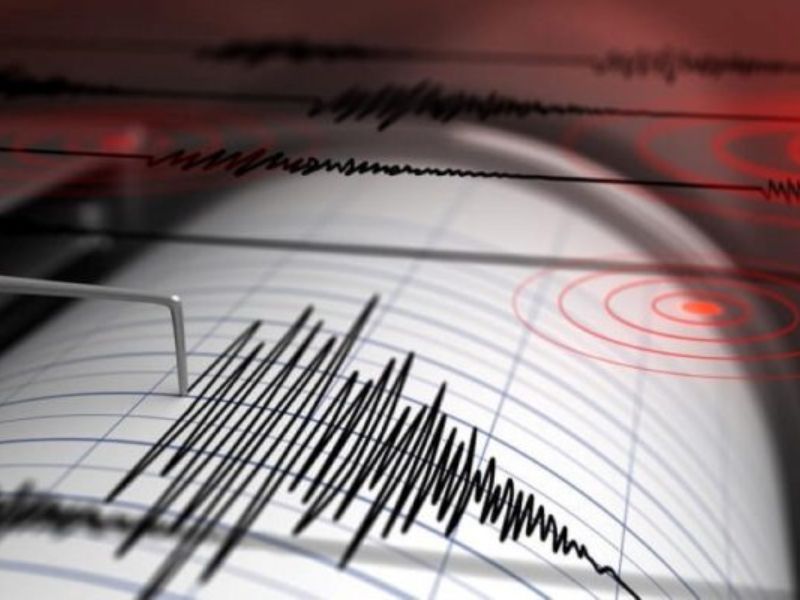
Preparing for earthquakes: useful tips
From furniture anchoring to emergency planning, here’s how to enhance seismic safety
Recently, the province of Parma (Italy) witnessed a seismic swarm that raised concerns and highlighted the importance of emergency preparedness. Seismic events, unpredictable by nature, require a proactive response to minimize risks and prevent injuries. This article explores concrete actions that individuals, families, and communities can take to improve their safety in the event of an earthquake.
Home safety: Preventing to protect
Injury prevention starts at home. Properly securing furniture, appliances, and heavy objects is crucial to avoid damage or injuries during a tremor. Using anchoring kits for tall and heavy furniture, such as bookshelves and wardrobes, can prevent tipping over. Also, securing paintings, mirrors, and chandeliers reduces the risk of them falling. Having a well-stocked first aid kit, with essential items like bandages, disinfectants, and basic medications, is essential to address any immediate emergencies.
Knowledge and education: The foundation of preparedness
Being informed about the seismic characteristics of one’s home and the area where they live is crucial. Checking the compliance of one’s home with seismic regulations and learning about any necessary adjustments can make a difference in terms of safety. It is also important to know the civil protection emergency plans of one’s municipality, which include indications on assembly areas, escape routes, and useful contacts in case of emergency. Preparedness also involves education: participating in first aid courses and evacuation simulations can significantly improve individual and collective responsiveness during an earthquake.
Emergency plans and communication
Having a family emergency plan is another crucial step in preparedness. This should include safe meeting points, emergency contact lists, and communication strategies if phone lines were to be disrupted. It is important that all family members are involved in creating and practicing the plan, including children and seniors. Ensuring you have flashlights, battery-operated radios, and portable chargers can ensure access to vital information and the ability to communicate in the absence of electricity.
Community collaboration
Preparation for seismic emergencies is not just an individual action but requires strong community collaboration. Sharing knowledge and resources, participating in collective training programs, and organizing mutual support groups can strengthen the resilience of an entire community. Additionally, awareness initiatives and informative campaigns can increase awareness of seismic risks and safety practices.
The series of tremors felt in Parma serves as a reminder of the need to always be prepared. By implementing preventive measures, educating oneself and loved ones, and collaborating as a community, it is possible to face the threat of earthquakes with greater safety, reducing risks and potential damages.
Sources


